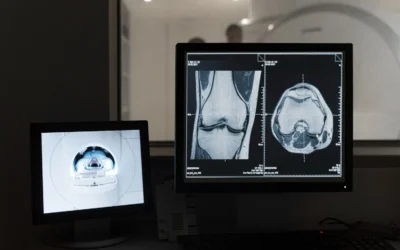Lung cancer has long been associated with smoking, but a significant number of cases now arise in individuals who have never smoked, highlighting a critical shift in the epidemiology of this disease. This emerging category, known as lung cancer in individuals who have never smoked (LCINS), is estimated to be the fifth leading cause of cancer-related deaths worldwide as of 2023. This article delves into the unique characteristics, risk factors, and treatment paradigms associated with LCINS, emphasizing the need for specialized approaches to address this growing concern.
Table of Contents
Epidemiology and Demographics
LCINS predominantly affects women and individuals of Asian descent. Approximately two-thirds of LCINS cases occur in women, making them more than twice as likely to develop lung cancer compared to men who have never smoked. This gender disparity is particularly pronounced in Asian populations, where a significant proportion of female lung cancer patients have never smoked. The average age at diagnosis for LCINS is similar to that of smoking-related lung cancers, although younger patients are more likely to have never smoked.
Molecular and Genomic Distinctions
LCINS is characterized by distinct molecular and genomic features compared to smoking-related lung cancers. It is almost exclusively composed of adenocarcinomas and is enriched for targetable oncogenic alterations. Common genetic alterations in LCINS include mutations in genes such as EGFR, ALK, ROS1, and MET. These mutations are less prevalent in smoking-related lung cancers and often require different diagnostic and therapeutic strategies. The presence of these mutations underscores the importance of genetic testing in tailoring treatment for LCINS patients.
Risk Factors and Genetic Predisposition
While smoking is the primary risk factor for lung cancer, LCINS is influenced by a combination of genetic and environmental factors. Genetic predispositions, such as germline mutations in genes like EGFR and HER2, play a significant role in LCINS. Genome-wide association studies (GWAS) have identified several loci associated with increased risk, particularly in non-smoking Asian women. Additionally, environmental exposures, including secondhand smoke, radon, and air pollution, contribute to the risk of developing LCINS.
Environmental Exposures
Environmental factors such as radon exposure, secondhand smoke, and air pollution have been implicated in the development of LCINS. Radon is the second-leading environmental cause of lung cancer after smoking, with a significant number of cases attributed to prolonged exposure. Secondhand smoke increases lung cancer risk by 20-25% in non-smokers, while air pollution, particularly fine particulate matter (PM2.5), has been classified as a carcinogen by the World Health Organization.
Diagnostic and Therapeutic Approaches
Given the distinct molecular profile of LCINS, diagnostic and therapeutic approaches differ from those used in smoking-related lung cancers. Comprehensive genomic profiling is crucial for identifying targetable mutations, which can guide the use of targeted therapies such as tyrosine kinase inhibitors (TKIs). The National Comprehensive Cancer Network (NCCN) guidelines recommend testing for a range of genetic alterations to optimize treatment strategies. Additionally, the integration of environmental and genetic risk factors may enhance screening efforts and improve early detection.
Future Directions and Challenges
As smoking rates continue to decline, the relative proportion of LCINS cases is expected to rise, necessitating a deeper understanding of its pathogenesis and risk factors. Future research should focus on elucidating the mechanisms driving carcinogenesis in non-smokers, particularly the interactions between genetic predispositions and environmental exposures. Large-scale genomic studies in diverse populations are needed to refine the understanding of germline risk and to develop precision oncology strategies tailored to LCINS.
In conclusion, LCINS represents a significant and growing subset of lung cancer cases that require specialized attention. By advancing knowledge of its unique molecular characteristics and risk factors, the medical community can improve diagnostic accuracy, treatment efficacy, and ultimately, patient outcomes.





0 Comments